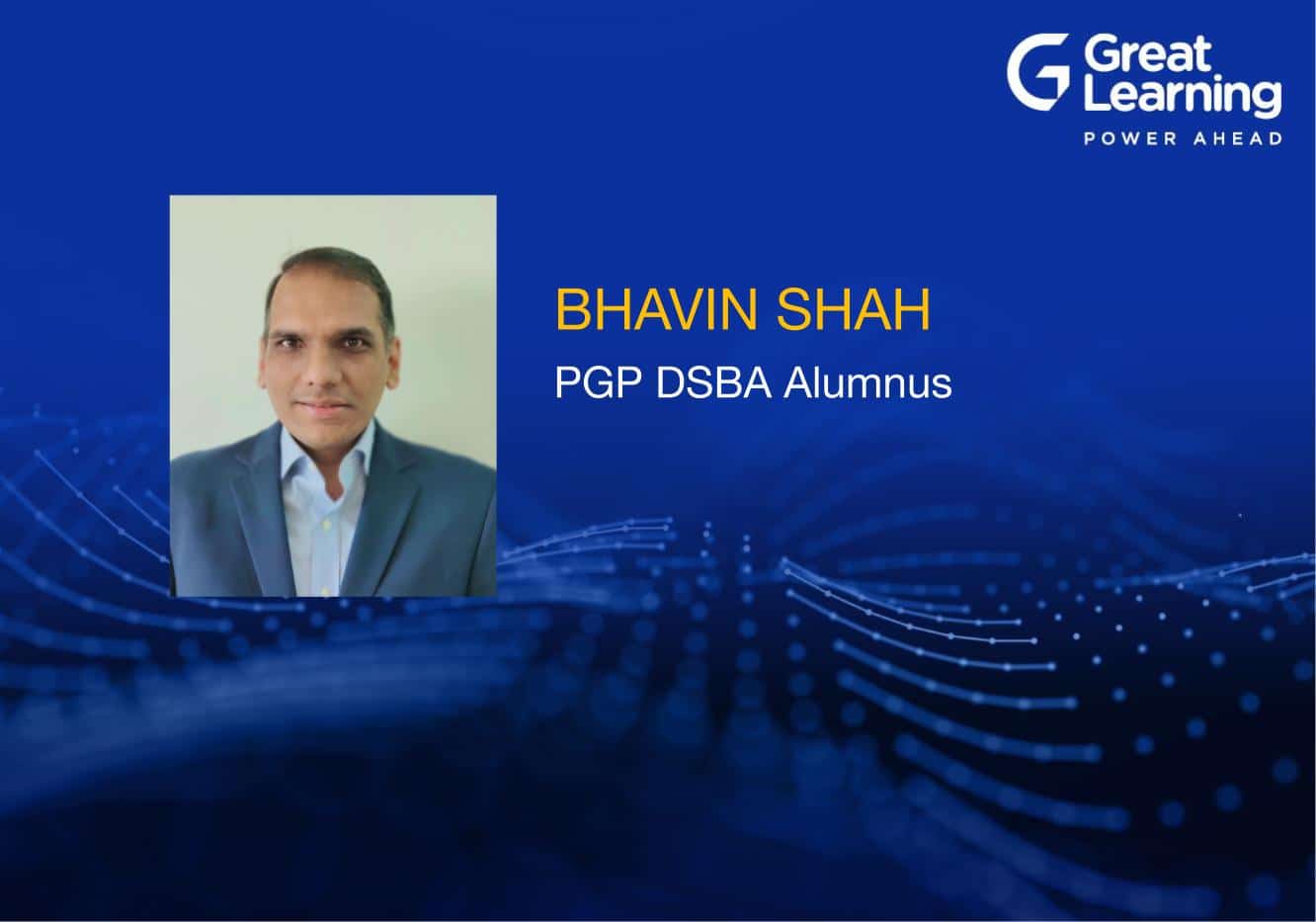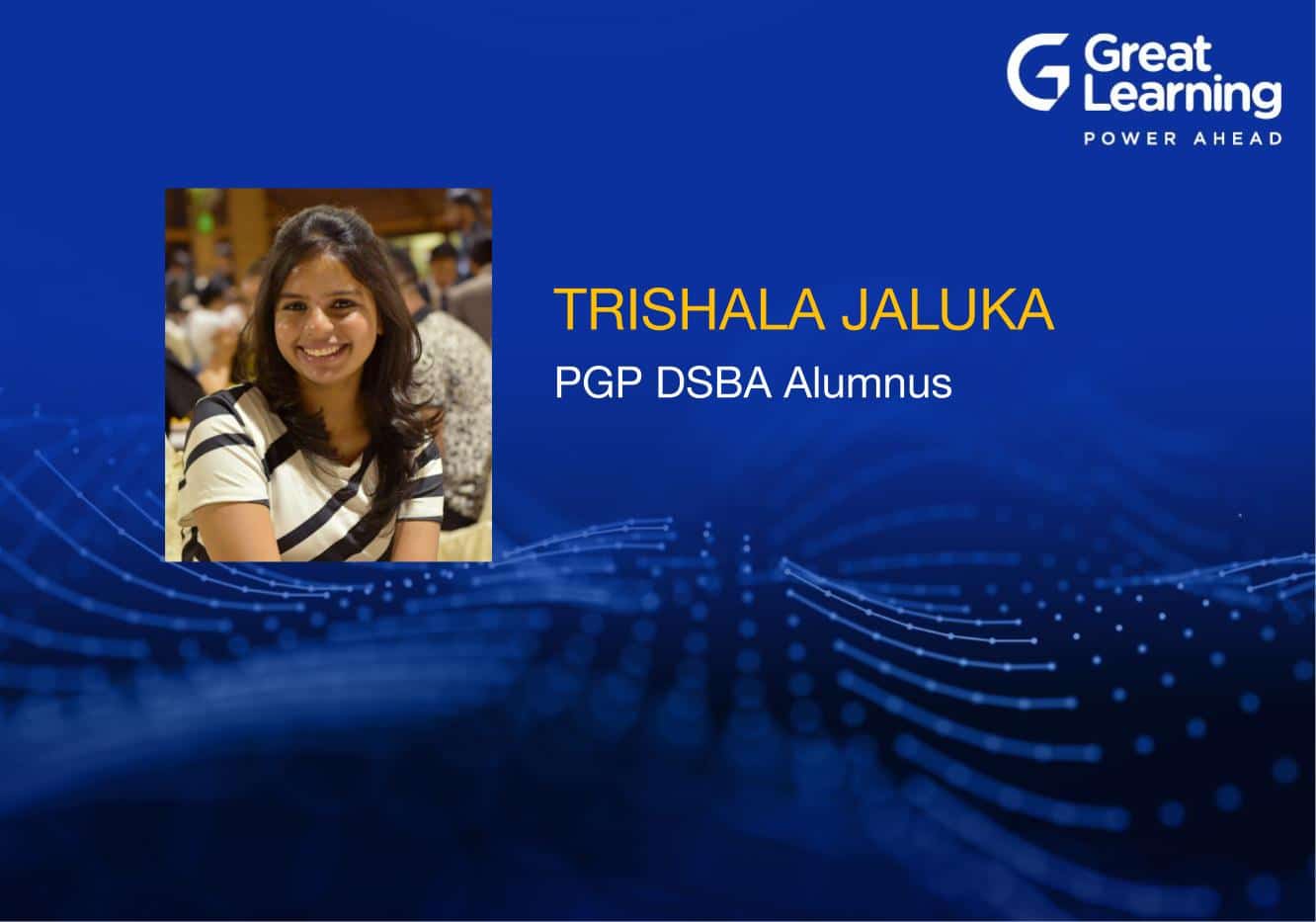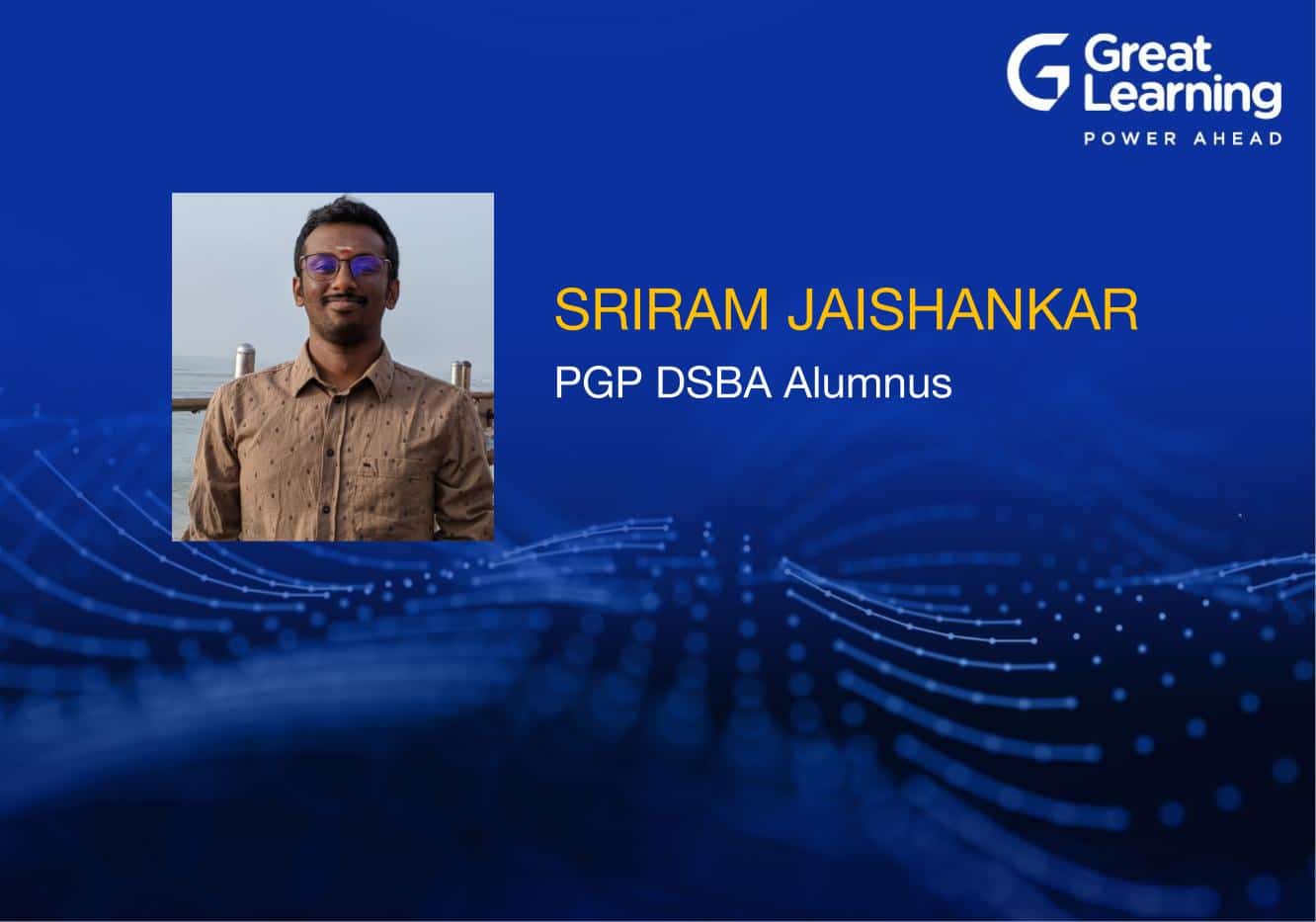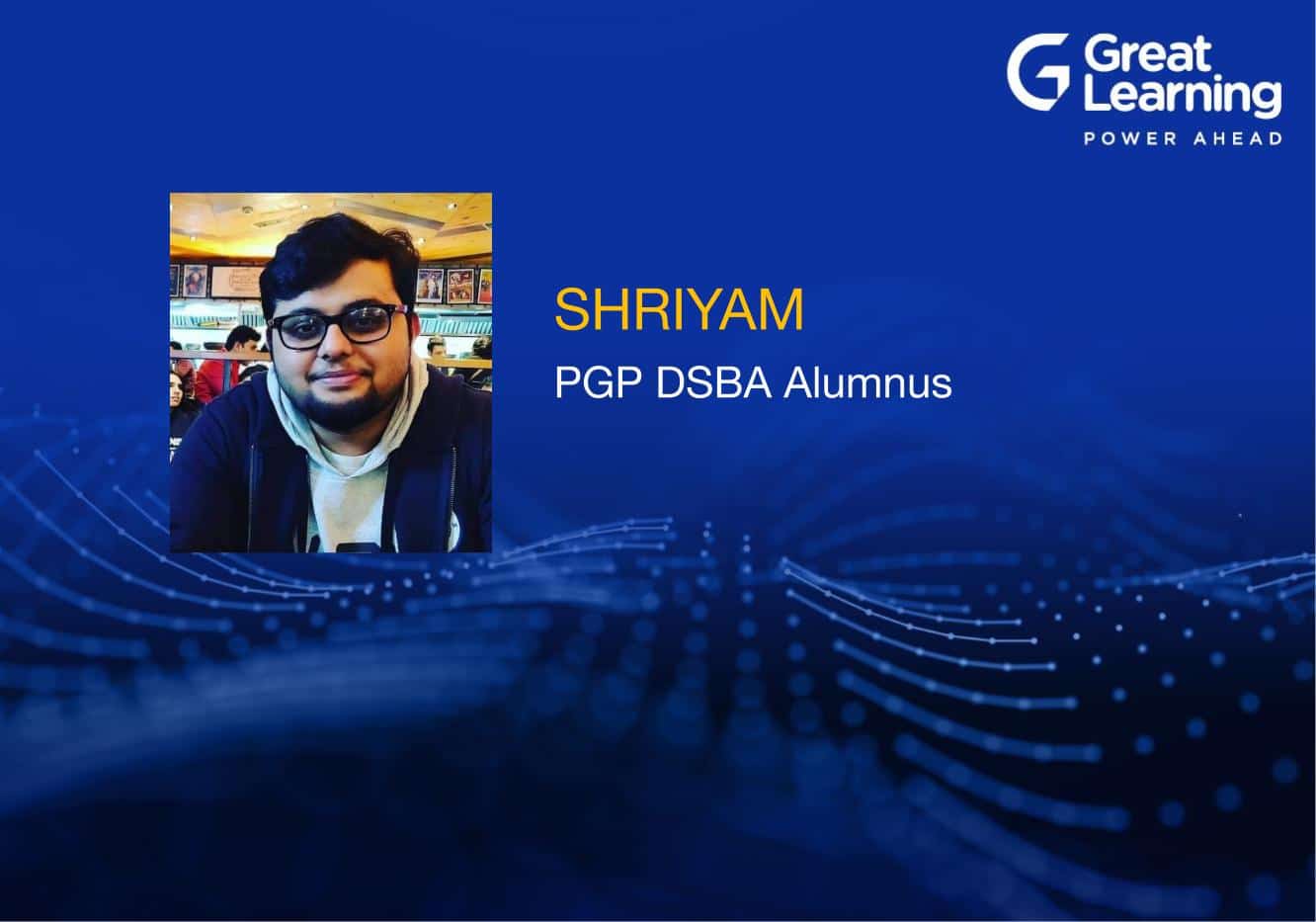
Hi, I’m Sumit and have worked the last 6.7 years with HDFC Bank Ltd in different roles, my last designation was operation manager. I always had a passion towards dealing with problems, and when I get to know about the power of data science and the techniques to solve business problems, and making data-driven decisions using advanced statistics an enthusiasm generated inside and I started learning data science.
In banking, bringing fresh funds and retaining the same is a big challenge. After the 1st wave of the pandemic Covid-19, there were almost zero transactions happening, all the employees were used to sitting idle and management had no such clear instructions to follow but safety precautions. I have noticed that cheque deposits and fund transfers were happening more than cash. I discussed with my manager and team to collect information about the beneficiary details from all the other bank cheques and fund transfer requests. So that we can ask them to open accounts with us to avoid coming to the bank to drop a cheque and waiting for 3-4 days to get clear funds. I used excel and tableau to do further analysis of the collected data and was able to get only those beneficiaries whose location is within 5km from our branch, who mostly transacted, high volume fund movers and also be able to predict the predictive loss of funds customers. We immediately contacted those customers and offered the benefits and services that were much needed. This is how our branch was the only one who had able to bring above 1cr fresh funds immediately and 3.5 Cr in a quarter and achieve even overachieve their book value and casa number and cross-sell targets.
There were no walk-in customers, all the funds were moving out, no interactions, no cross-selling, no business, expenses due to covid safety protocol getting higher, most branches were getting affected and had to remain shut, and everything was out of control. I have used excel to gather data and information from the instruments and instructions and tableau to make different dashboards to understand and visualize the insights from the data. The sequence of steps performed for effective diagnosis and resolution is as follows:
- 1. Collecting information from instruments and instructions like Customer Name, Beneficiary Name, Beneficiary contact no, Location, Frequency of transaction, Amount, Reason of transaction, and Relationship.
- 2. Analysing the best-fit product or service we can offer for the different individuals.
- 3. Setting the priority of calling ordering by potential and fixing appointments virtual or physical according to the customer’s choice.
- 4. Pitch the right product or service so that the customer gets benefits and closes the deal.
Around 250 potential customers out of 400 of the total attritted and predictive loss of relationship were discovered. We had been able to immediately convince around 60 customers to bring casa value around 1cr and about 100 customers to achieve our revenue, number and cross-sell targets.
My recommendations were – whenever any interaction happens with any individual, try to collect as much data or information they can from the customer like income, family background, having a car or not, other bank accounts, investments and so on. So that we can better understand the financial condition and potential of the customer, the family background for liability product opportunities, the assets and the funding opportunities, the insurance, investments and TPP opportunities and most effectively deepen the relationship opportunities. We have been able to open 170 casas with fresh funding, 680 term deposits, given approximately 80 lakhs of loans, 3 lakhs of health insurance business, and generated around 30 lacs of total revenue with TPP products and around 1.5crs. of total liabilities inflow in a quarter. Only our branch met the target in all the parameters and added so much value in the scorecards to the entire region.
That helped a lot in my career. I had been awarded as best employee in 2021, got a grade promotion and many recognitions from senior management.







